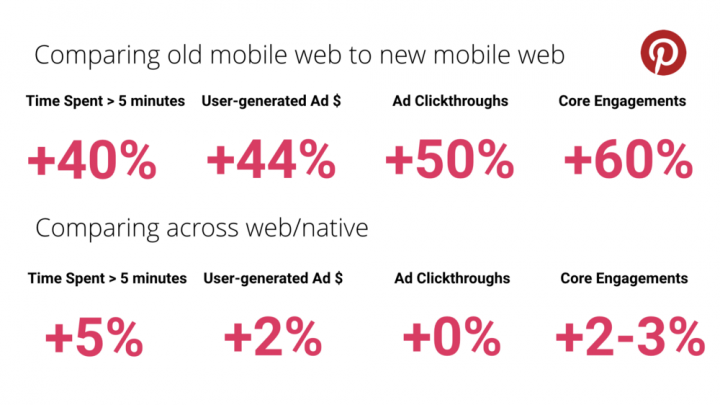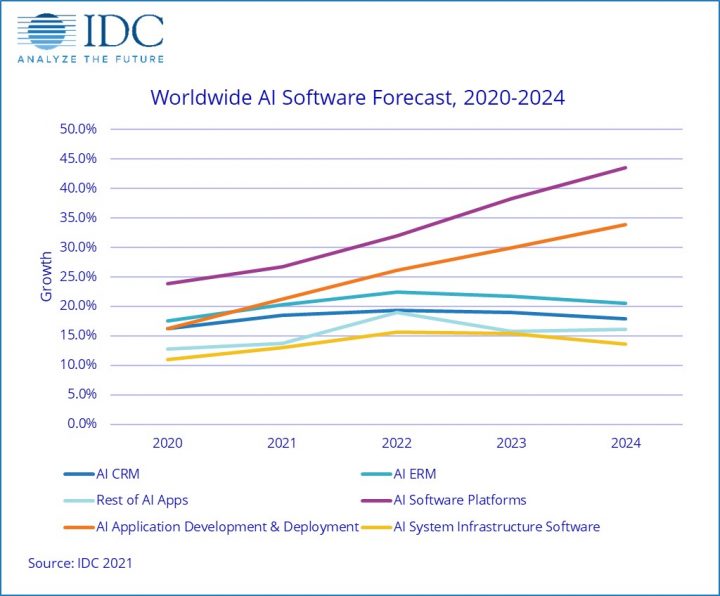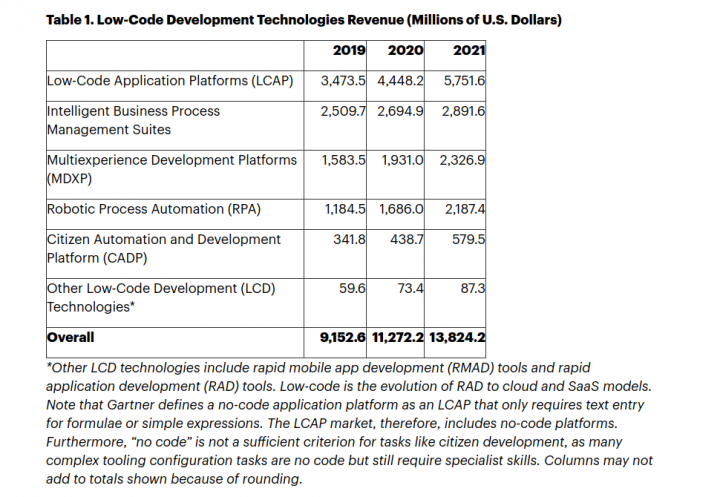New Year’s Eve is usually the time for summing up the results of the past twelve months and making promises to yourself to achieve something in the next year. This tradition takes on a more practical sense in the software development industry. Understating the major software development trends is crucial for making long-term plans of how your business services will evolve.
On the other hand, by sweeping aside poorly proven ways of app development, you can save your business from costs that won’t pay off in the long run. This article will share some app development trends to expect in 2022, which will help you make an informed decision if you decide to implement a new app for improving your services.
New Surprises and Opportunities That Tomorrow Holds
Some software development trends come and go, while some of them are here to stay. For example, progressive web apps kept the position of one of the most beloved alternative options to native app development. The ability to cut time on app development thanks to low-code platforms, on the other hand, was barely mentioned among the key trends during the past few years. Today, it attracts so much attention that you can’t ignore its impact on the industry despite its flaws. Due to these reasons, to understand the whole picture, it’s sometimes helpful to compare the upcoming trends in app development with the past year’s expectations.
Read Also Web Development Trends to Expect in 2021
Combining the Best Features of Two Worlds in the Name of Progress
Progressive web apps (PWA) aren’t something new, but the list of their advantages still makes them one of the priority choices for the business. Such software offers the flexibility of web apps and frees users from the need to download anything from the store if they want to get all the benefits of the native apps. For example, suppose a potential customer gets acquainted with your services through a web browser. Since nowadays most users rely on mobile devices, most probably such a customer will decide to check a mobile app as well.
The need to go to the app store and download another piece of software that may or may not be used in the future can become an obstacle in this case. Instead, progressive web apps allow access to all your services via the browser and continue to use them as if they were regular apps. Such flexibility results in higher conversion rates and better customer engagement. Additionally, it’s easier to develop and maintain such apps, which will allow you to cut costs without sacrificing user experience. For example, after Pinterest introduced its brand new Progressive Web App, user-generated ad revenue has increased by 44%, and time spent has also increased dramatically:

AI as an Everyday Assistant, Not a Science Fiction Artifact
AI is no longer a futuristic dream of humankind that will help pioneers surf the vastness of space. Today, it’s yet another handy tool allowing software development companies to build better predictive analytics platforms enabling data-driven decision-making. From a tech giant to a small online marketplace aiming to provide a more personalized shopping experience, any business can (and should) leverage the use of AI in its apps. As the IDC forecasts show, the global AI market will continue to grow, and by 2024, it is expected to break the $500 billion mark:

Less Code, More Functionality
Writing and debugging the app’s source code is a pretty time-consuming task for any software development company. Therefore, a natural question arises: is it possible to create apps with minimum coding or no coding at all? Low-code development is the exact answer to this question. Low-code app development implies the building of apps with the use of a visual drag-and-drop based approach.
Probably, the main advantage of low-code app development is the lack of need for high-skilled coders when it comes to quick prototyping of business ideas. Startups with limited budgets can use this opportunity to test the app idea with real-end users in the shortest possible time. According to Gartner, the Low-code market has shown consistent steady growth over the past three years:

Thanks to the rapid growth of the low-code market, there’s no shortage of platforms allowing to satisfy the needs of companies seeking web, desktop, or mobile development services. Unfortunately, such flexibility in software development comes with some limitations you should consider.
Software Outsourcing Attractiveness About to Grow Even Bigger
Finding a suitable company providing custom software development services may become a pretty challenging task. Every business has its own unique features, a specific target audience, and a budget to be reckoned with. Sometimes, it’s rather tough to find a developer with enough experience in creating a particular type of apps and requiring a payment reasonable enough for a small company or a startup to afford it. Moreover, since the web and mobile apps are the most optimal way of delivering goods and services, custom software development is sometimes expensive but always necessary.
Luckily, the faster the telecommunication industry grows, the smaller the world becomes. As a result, there’s nothing uncommon when a business hires a development company from the other side of the world. More and more companies have decided to abandon in-house development in favour of outsourcing app devs. And there’s plenty to choose from both in terms of skill set and costs of services provided.
Innovations Wait for No One
In a diverse software market, it becomes harder and harder to impress an increasingly demanding audience with new tricks. That’s the precise reason why it’s crucial to shorten the time from the first spark of an idea in one’s mind to the app implementation and delivery. Innovative ideas can come from different sources, so it’s better to keep yourself ready to embody them in the form of a ready-to-use service. Every day of waiting means that your market competitors receive the chance of implementing the same idea in a different shape and claiming a place in users’ hearts. Therefore, ensure that you can avoid any lags in the race and have enough resources for MVP development and quick prototyping.
Services Personalization is a Must
The pursuit of personalized experience has led to the appearance of the so-called Internet of Behavior (IoB). In addition to providing top-notch services, you should be able to adapt them to the needs of your target audience efficiently. IoB is an approach allowing software systems to collect and process data related to the behaviour of specific users. Such data gathered from apps and devices can be a valuable source of information that will help you transform your services to allow your customers to feel that you care for them. According to the specifics of your business, you can, for example, use this opportunity to develop a more personalized marketing strategy or better address the needs of people with disabilities.
Conclusions
Software development is a rapidly growing industry filled with innovative ideas and cutting-edge technologies. Sometimes, it isn’t easy to navigate in the maelstrom of new applications and services appearing every day. However, the intention to keep your finger on the pulse of life and the ability to “separate the grain from chaff” are indispensable properties for those who want their services to remain in demand in 2022 and beyond.
If you want your software idea to become an app that deserves its place in 2022, feel free to contact us.